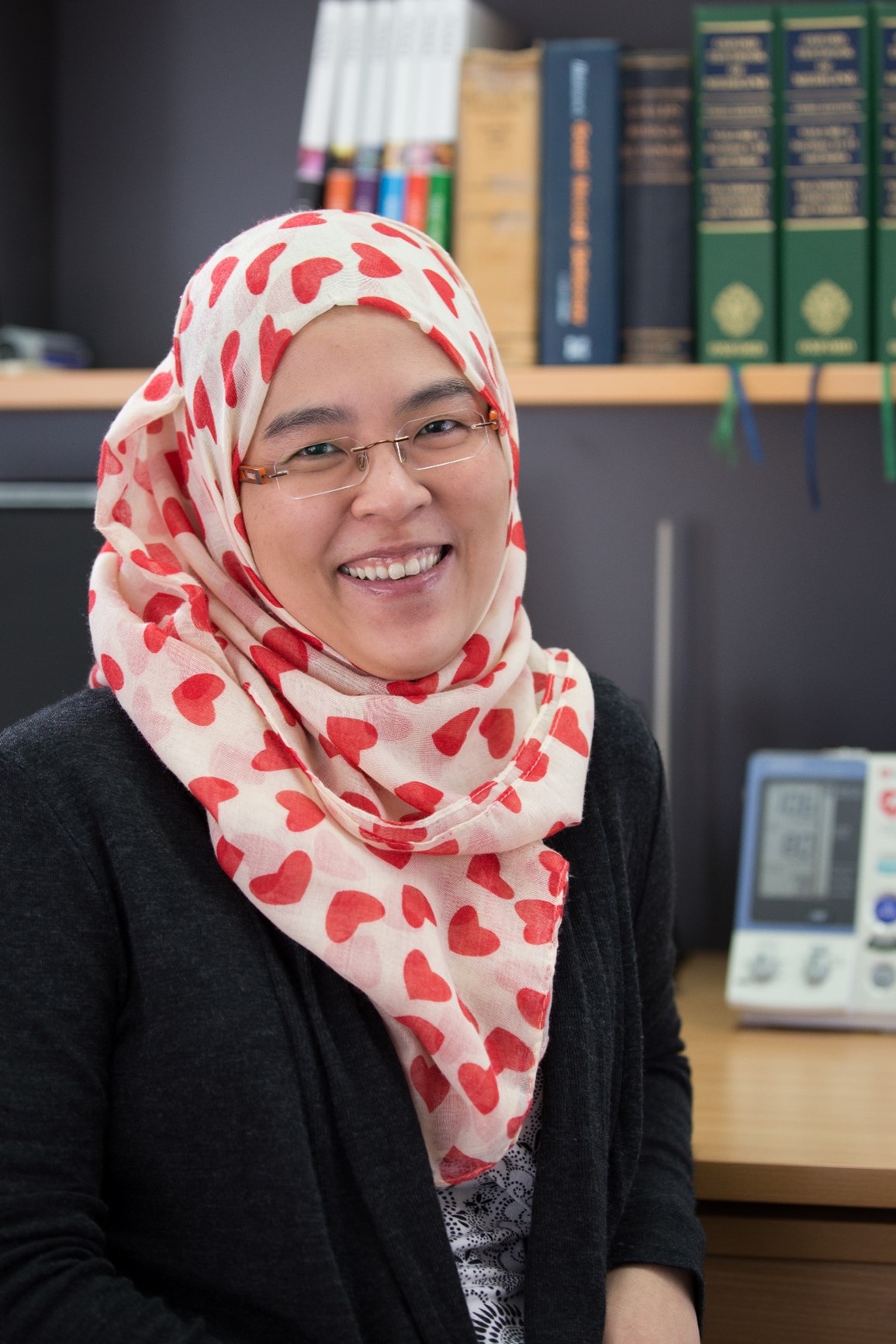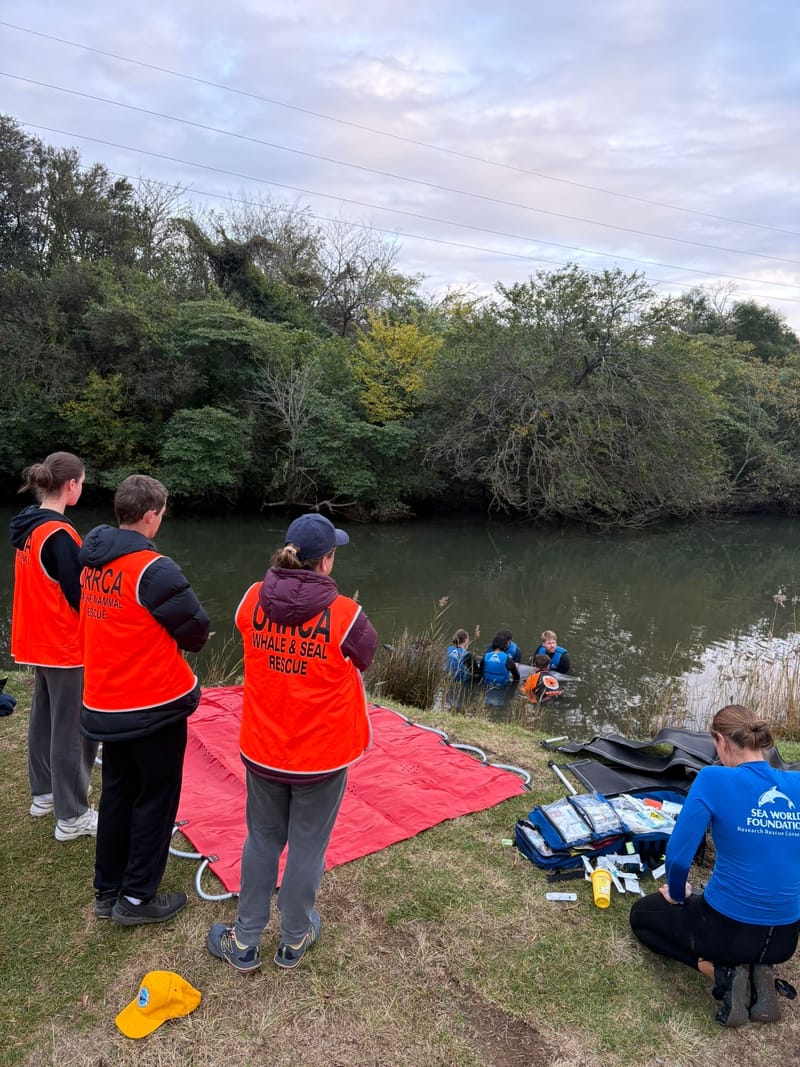Osteoporosis: the silent disease
By Dr Berlinda Png, of Bulli Medical Practice Osteoporosis is a condition that causes bones to become weak and lose their strength. Most people do not realise they have osteoporosis until a fracture happens, as there are usually no signs or...

By Dr Berlinda Png, of Bulli Medical Practice
Osteoporosis is a condition that causes bones to become weak and lose their strength. Most people do not realise they have osteoporosis until a fracture happens, as there are usually no signs or symptoms. Therefore osteoporosis is often called the ‘silent disease’.
Osteoporosis particularly affects women in their middle and later years, although some men are also affected.
Screening
Currently, the most reliable way to diagnose osteoporosis is to measure bone density with a dual-energy absorptiometry scan called a Bone Mineral Density (BMD) scan. This short, painless scan measures the density of your bones, usually at the hip and spine.
Reduce your risk
There are things you can do to improve your bone health, and hopefully prevent osteoporosis progressing, including:
Know your risk - ask your GP about your risk.
Ensure adequate calcium in your diet.
Maintain adequate vitamin D levels. Vitamin D is important because it helps your body absorb the calcium in your diet.
Exercise regularly.
Falls prevention - if you’ve either fallen before or you feel unsteady and are concerned you may fall, see your GP.
Stop smoking - as well as the many other smoking-related health issues, it is also linked to reduced bone density.
Consume alcohol, caffeine and salt in moderation as they can affect your bone density. Alcohol also increases the risk of falling, and the chance of fracturing a bone.
Osteoporosis management
Your treatment will depend on your specific needs. Generally, your overall risk of fracture will help your GP decide on the best course of treatment for you.




